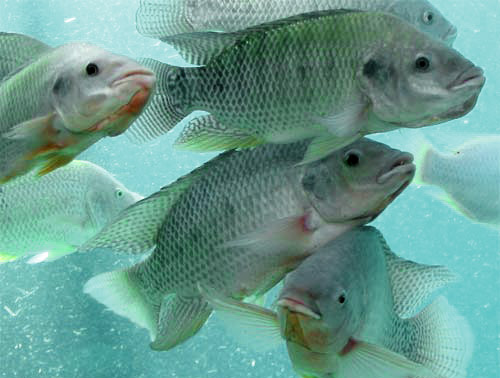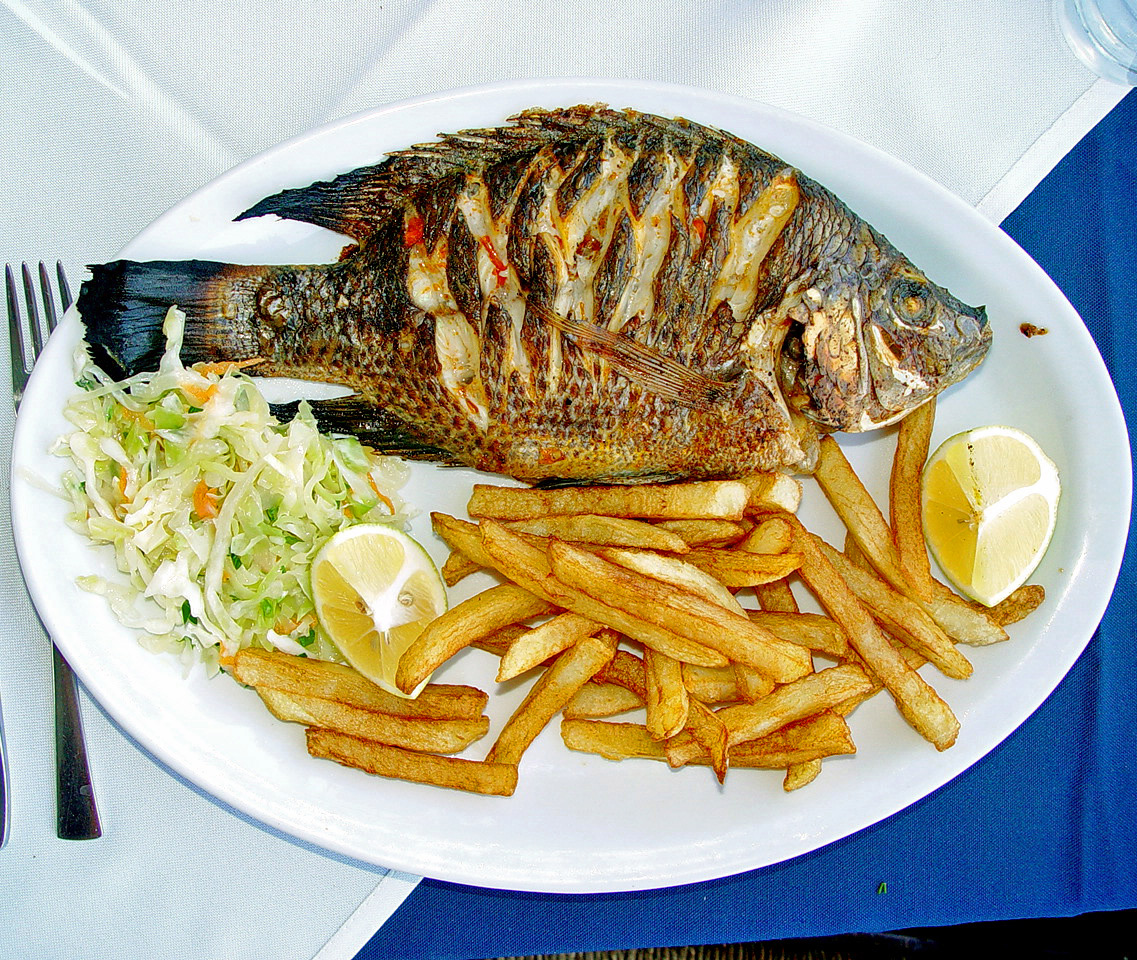

| Assignments
BIOL 3030 |
Assignment #8
Due: Week of March 17-21 (in seminar)
Logistic
model of population growth
What's the catch?
Tilapia are a group of cyclid fish species that live in tropical and subtropical freshwater habitats. A small lake in Africa, lake Bigafisha, supports a population of the Nile tilapia, Oreochromis niloticus, a fish species that reproduces year-round. Nile tilapia were almost extirpated from lake Bigafisha in 1979, reaching a low of only 50 fish, due to overfishing by members of the nearby town of Aeetafisha. In 1979 the community of Aeetafisha agreed to suspend all fishing activity in lake Bigafisha to allow the Nile tilapia population to recover, with the intent of one day harvesting tilapia from the lake once again, but in a sustainable manner. The community of Aeetafisha have also been monitoring the Nile tilapia population in Lake Bigafisha once every 5 years, and the results of their surveys are shown below.
| Year |
N |
 |
 |
| 1979 |
50 |
||
| 1984 |
399 | ||
| 1989 |
2766 | ||
|
1994 |
10,090 | ||
| 1999 |
14,929 | ||
| 2004 |
15,861 | ||
| 2009 |
15,983 | ||
| 2014 | 15,998 |
Laboratory experiments have revealed that under ideal conditions, the fish of this species have a crude death rate of 862 deaths per thousand fish per year, and a crude birth rate of 1,282 births per thousand fish per year.
| 1. |
A. The tilapia population in this lake appears to be growing
according to the logistic model of population growth.
Determine the value of each of the parameters needed to apply the
logistic model for this population. Briefly explain what
each parameter means, and show how you determined the value of each
parameter (e.g. show calculations, graph, etc). B. What is the current population growth rate of the Nile tilapia population in lake Bigafisha? |
| 2. |
The community of Aeetafisha
thinks that
now might be a good time to start harvesting Nile tilapia in Lake
Bigafisha once again. They are asking your advice, as fisheries
manager, as to whether now would be a good time to start catching
fish from this lake, and how many fish they should catch each
year. Based
on the logistic model of population growth and the Maximum Sustainable
Yield approach, how many Nile tilapia should the community
harvest from Lake Bigafisha in each of the next few years in order have
a sustainable fishery? |
| 3. |
How confident can we be
that the harvesting strategy you recommended in question 2 would
actually be sustainable over several years for the population of
Nile tilapia in this lake? Are there concerns regarding the
effectivess of that approach? Explain. |
| 4. |
Some fisheries biologists have suggested setting harvesting levels in a way that achieves the PGY (Pretty Good Yield). What is the PGY strategy, why would it be better than the MSY, and what specific harvesting level would be appropriate for this population of tilapia to achieve a PGY? |
Note: Show all calculations and, when possible, support your answers with figures.
|
Back
to the Population
Biology Assignments page |